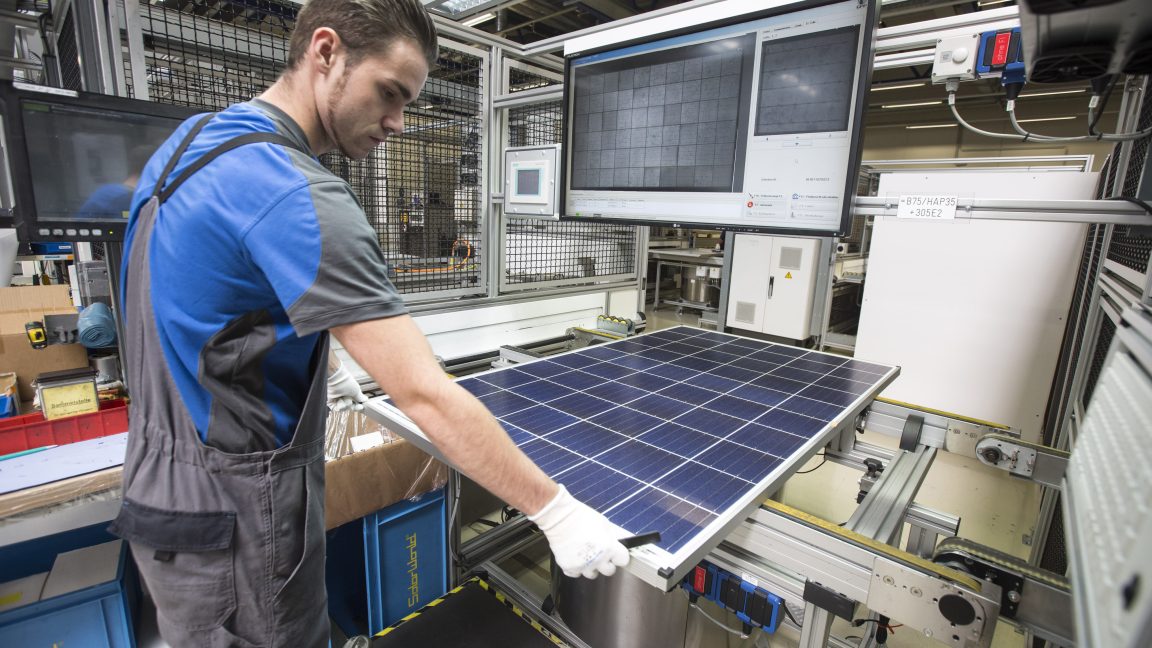14 reasons why Trump’s tariffs won’t bring manufacturing back

The tariffs have frozen business activity because no one wants to take a big risk dependent on a policy that may change next week.
Even further, the tariffs are confusing, poorly communicated, and complex. Today, if you want to import something from China, you need to add the original import duty, plus a 20 percent “fentanyl tariff,” plus a 34 percent “reciprocal tariff,” and an additional 25 percent “Venezuelan oil” tariff, should it be determined that China is buying Venezuelan oil. The problem is, there is no list of countries that are importing Venezuelan oil provided by the White House, so you don’t know if you do or don’t need to add that 25 percent, and you also don’t know when any of these tariffs will go into effect because of unclear language.
As such, you can’t calculate your costs, either with certainty or accuracy; therefore, not only do you not build a factory in the United States, you cease all business activity, the type of thing that can cause a recession, if not worse.
For the past month, as someone who runs a business in this industry, I have spent a huge portion of my time just trying to keep up with the constant changes instead of running my business.
8. Most Americans are going to hate manufacturing
Americans want less crime, good schools for their kids, and inexpensive health care.
They don’t want to be sewing shirts.
The people most excited about this new tariff policy tend to be those who’ve never actually made anything, because if you have, you’d know how hard the work is.
When I first went to China as a naive 24-year-old, I told my supplier I was going to “work a day in his factory!” I lasted four hours. It was freezing cold, middle of winter; I had to crouch on a small stool, hunched over, assembling little parts with my fingers at one-quarter the speed of the women next to me. My back hurt, my fingers hurt. It was horrible. That’s a lot of manufacturing.
Source link







